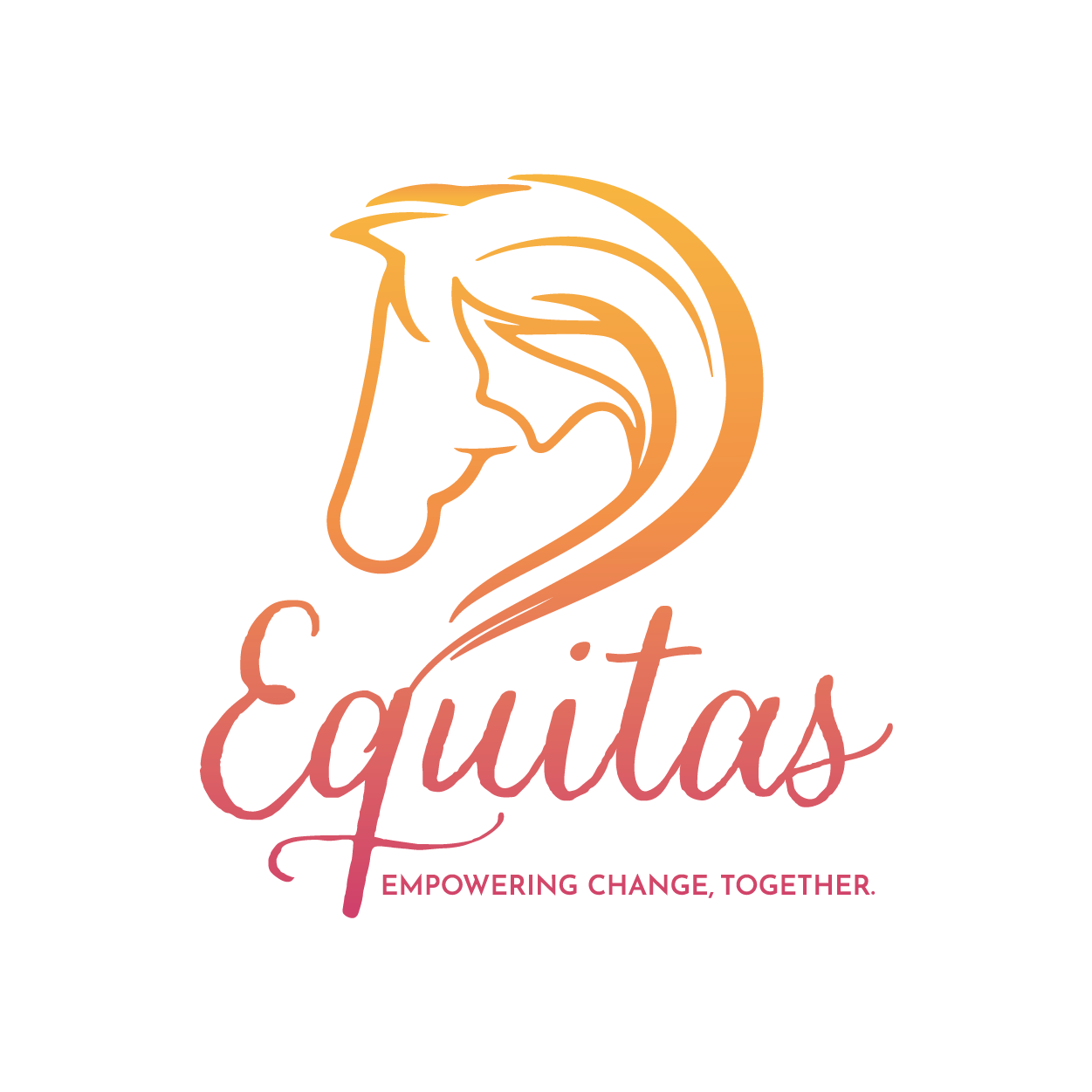Are Equestrian Safeguarding Policies Strict Enough?

Equestrian sports have long been a space where young athletes thrive, developing discipline, resilience, and an unbreakable bond with their horses. However, the recent arrest of a coach in Citrus Heights has once again raised the critical question: Are safeguarding policies in equestrian sports strong enough to truly protect young riders?
Safeguarding policies exist in most equestrian governing bodies, but implementation and enforcement vary significantly. In Ireland and the UK, equestrian organisations such as Horse Sport Ireland (HSI) and the British Equestrian Federation (BEF) have clear child protection policies, mandatory vetting, and safeguarding training requirements. Similarly, in the US, the SafeSport initiative has introduced stricter measures for preventing abuse in equestrian and other Olympic-affiliated sports. However, there are growing concerns that these policies are not applied consistently at local and independent equestrian facilities, where oversight can be minimal.
One of the biggest challenges lies in background checks and reporting structures. While national equestrian bodies require police vetting and safeguarding certification for coaches, private yards, riding schools, and competitive vaulting or trick-riding teams may operate without these strict requirements. Some programs allow individuals to coach without thorough vetting, increasing the risk of abuse going unnoticed.
Many cases of misconduct in equestrian sport only come to light after a victim reports abuse, which often happens years later due to fear, stigma, or a lack of clear reporting channels. Even when allegations are made, there are instances where disciplinary processes are slow or allow the accused to continue coaching until a final ruling is made. In contrast, other sports such as gymnastics and swimming have taken more proactive approaches, implementing stricter monitoring, supervision, and enforcement of safeguarding policies.
The equestrian world must ask itself a difficult but necessary question: Are we doing enough to prevent harm before it happens? The focus needs to shift from damage control to prevention, ensuring that every yard, team, and club adheres to safeguarding policies with zero tolerance for non-compliance.
Equestrian sports must evolve to meet modern safeguarding expectations. Regular audits, whistleblower protections, increased transparency in disciplinary actions, and stricter vetting for all individuals working with young athletes are essential steps toward truly ensuring a safe and protected environment


